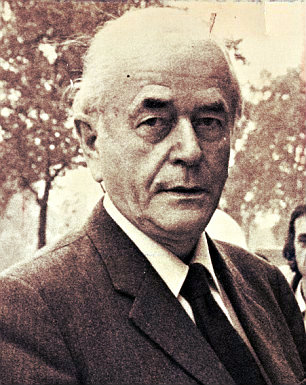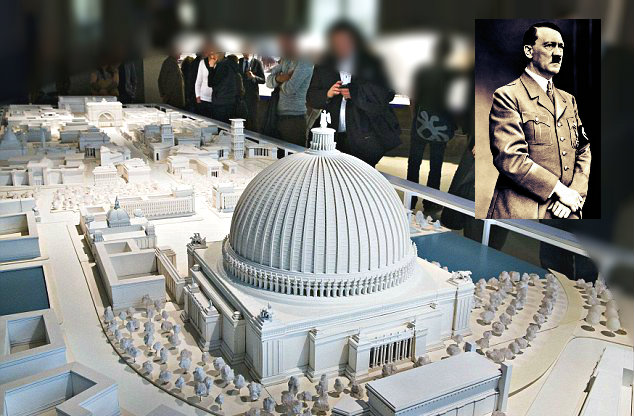Hitler’s design for Germania, the planned “supercapital” of his planned empire, has a dome that could fit in 180,000 people and a boulevard that’s five miles long.
The grand plans of the notorious German dictator regarding the Third Reich’s “supercapital” named Germania are disclosed in a sprawling map exhibition set in a Nazi-era bunker in Berlin. The display is titled The Myth of Germania: Vision and Crimes.
The giant map exhibit features a five mile-long boulevard flanked on either side with towering edifices that celebrate Nazi glory. The apex of the envisioned Nazi supercapital is the People’s Hall with the size twice as big as Rome’s St. Peter’s Basilica and which can hold a total of 180,000 people.
Hitler envisioned Germania to be the biggest city throughout the world. Furthermore, he claimed that its grand buildings, statues and avenues will last up to a thousand years.
However, when World War Two ended, all that could be seen as the realization of Hitler’s plans for Germania were the massive street lights placed on an avenue leading to Bradenburg Gate.
The architect Hitler appointed for the making of Germania was Albert Speer — the same one who escaped death at the Nuremberg Trials after he claimed that he did not know about the extermination of the Jewish people. Nevertheless, the exhibit revealed that Hitler had told him to use the Jews as the working force that would make the plans come into fruition.
Speer was also the one to order the evictions within the demolition zones so the construction would come underway and be completed in no time once Germany won WWII.

Meanwhile, Hitler planned for the Aryan residents who would be displaced due to the demolitions to move to the 24,000 apartments formerly occupied by the Jews settling in Berlin.
Finally, so that construction materials for the planned Germania will be met, Hitler, along with the architect and the SS military commander, Heinrich Himmler, agreed to use the inmates interred in concentration camps as manpower.
It can be remembered that the Oranienburg Concentration Camp was the site for the world’s largest brick works during the war. The work was imposed by the SS military and this resulted to many inmates dying or being killed due to the gruesome labor.
The Germania Exhibit
According to Curator Gernot Schaulinski, the exhibit is not to show Germania, the supercapital that was the hobby of Germany’s most notorious dictator. The display tackles something deeper than that — the intent behind the project, the ideology in motion behind it and even those who suffered because of it.
The display is organized by the Berlin Underground Association. This organization also explores other Nazi-era bunkers as well as buildings and opens them up to the public.
